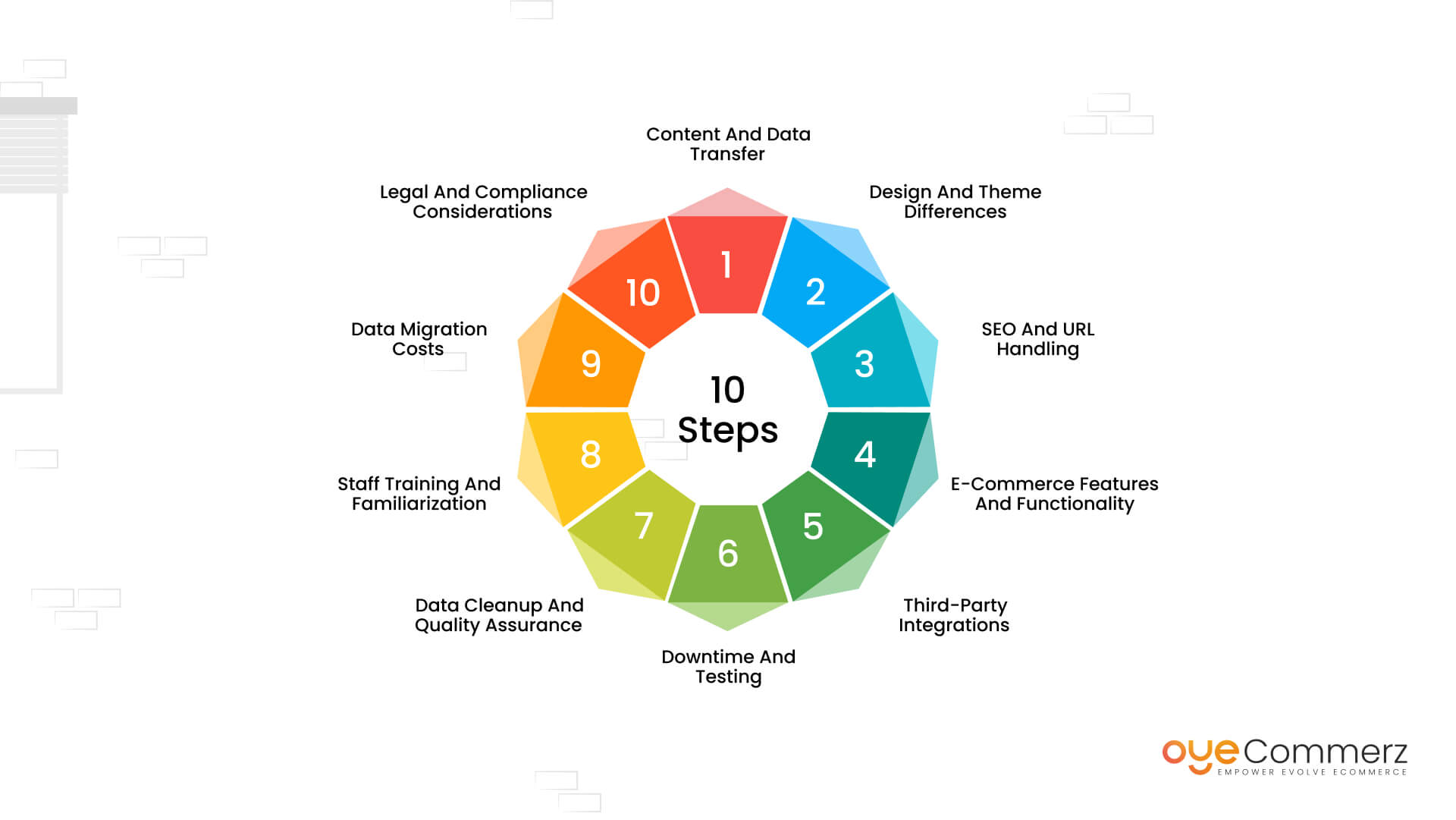Transitioning from WordPress to Shopify marks an exciting step in streamlining your e-commerce processes. As businesses expand, choosing a platform that supports growth potential, user experience, and flexibility is essential. Shopify has emerged as a preferred choice for e-commerce professionals, offering superior flexibility, data protection, and user-friendliness. In this guide, we’ll explore why this migration is a game-changer, highlight the benefits, and provide actionable steps to facilitate a seamless move.
1. Top Reasons to Transition from WP to Shopify
WordPress, paired with WooCommerce, continues to support countless online stores. Nevertheless, as businesses scale, issues like plugin dependency, data risks, and technical complexities often obstruct growth. Shopify, specifically created for digital retail, eliminates these concerns with an all-in-one, intuitive platform. Real data back this shift—Shopify powers over 4.4 million stores globally, with a documented 10% boost to sales conversion rates for numerous merchants after migration.
2. Shopify's Perks for Thriving Online Stores
Shopify’s powerful platform is tailored for expanding brands. Its standout features include:
- Seamless Customization: Shopify offers over 80 expertly crafted themes.
- Built-in Features: Features like Shopify Payments and built-in SEO streamline operations.
- International Expansion: Currency versatility and regional customization enable brands to reach global markets.
Additionally, Shopify delivers an availability percentage of 99.98%, guaranteeing your store is always operational.
3. Getting Ready for Your WordPress-to-Shopify Transition
Before migrating, assess your current store. Analyze inventory details, client information, and search engine rankings. Tools like Shopify’s Migration Kit or third-party solutions can simplify this process. Create a detailed strategy, ensuring all resources—item details, images, and articles—are ready for seamless import.
4. Data Migration: A Critical Step
Transferring your data is a cornerstone of a successful transition. When moving from WordPress to Shopify, prioritize:
- Inventory Details: SKU, item summaries, and categories.
- Customer Data: Emails, purchase records, and custom fields.
- SEO Optimization: Preserve meta tags, URLs, and forwarding paths to avoid SEO losses.
Use apps like LitExtension to facilitate seamless migration while minimizing errors.
5. Tailoring Your Shopify Store to Fit Your Brand
Post-migration, personalizing your Shopify store ensures it reflects your brand. Utilize Shopify’s intuitive page builder to design pages effortlessly. Shopify's templates are mobile-responsive, providing a smooth UX across devices—a critical factor, since 74% of e-commerce traffic is generated by Shopify store launch services mobile users.
6. How to Protect Your SEO Rankings When Switching Platforms
SEO is vital for maintaining your online presence during migration. Shopify excels in SEO with organized link formatting, built-in optimization tools, and smooth content management. Make sure you:
- Implement 301 redirects for existing links.
- Enhance updated content with keyword-rich content.
- Leverage plugins like Plug in SEO to track analytics post-migration.
7. Essential Tests After Migrating to Shopify
After finishing the transfer, conduct thorough testing.
Review: - Website speed Shopify design and development (Shopify boasts faster speeds compared to WP).
- Payment integration reliability and checkout processes.
- Mobile responsiveness.
Testing guarantees your store delivers a smooth shopping experience from day one.
8. Case Study of a Successful Migration
An example of effective platform switching is Gymshark, a fitness apparel brand that transitioned to Shopify. Post-migration, the company saw a 60% boost in mobile sales and significantly lowered site downtime. This showcases the potential of Shopify in driving e-commerce growth.
9. Overcoming Common Migration Issues
Migration is not without obstacles, such as information accuracy and reconfiguring custom functionalities. However, Shopify’s robust support and third-party experts simplify the process. Partnering with qualified Shopify developers ensures a smooth transition.
10. Starting Your Journey with Shopify
Migrating from WordPress to Shopify marks a forward-thinking approach to online retail. By focusing on growth, simplifying management, and improving buyer satisfaction, Shopify enables companies to thrive in competitive markets.
Final Thoughts
Transitioning from WordPress to Shopify is a strategic move that can greatly enhance your online business performance. With a robust migration plan, the right tools, and professional guidance, you can achieve new growth opportunities.
Ready to make the leap? Reach out today to learn how our Shopify migration services can revolutionize your online store. Contact us now, or consider: Can your business afford to miss out on Shopify’s growth potential?
